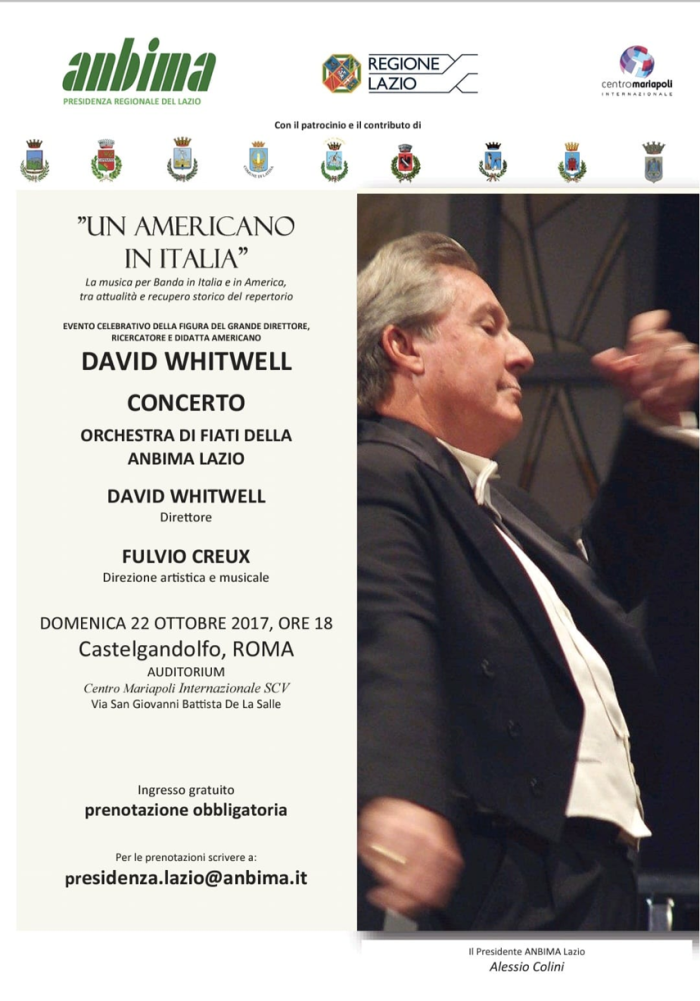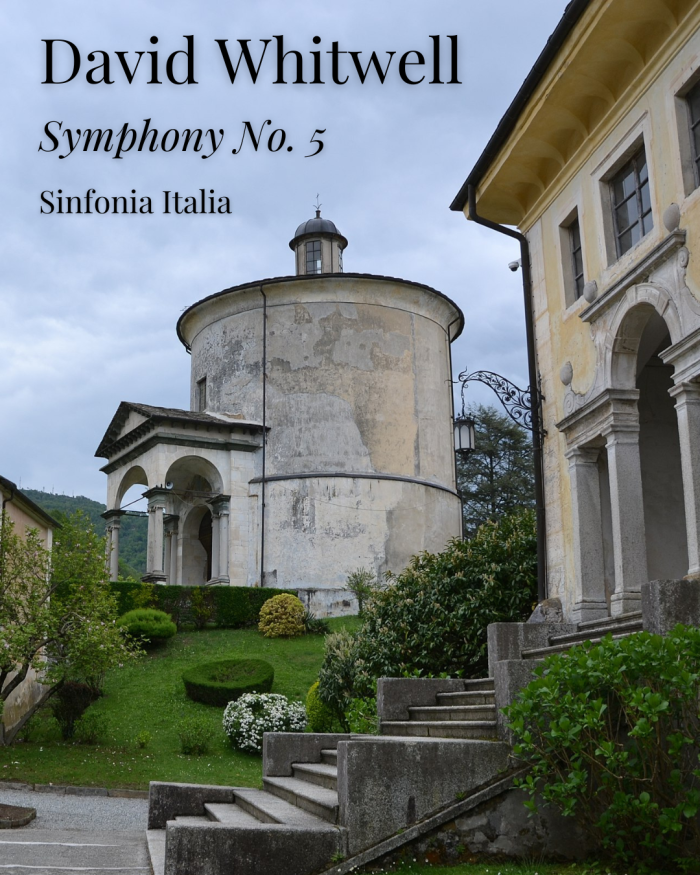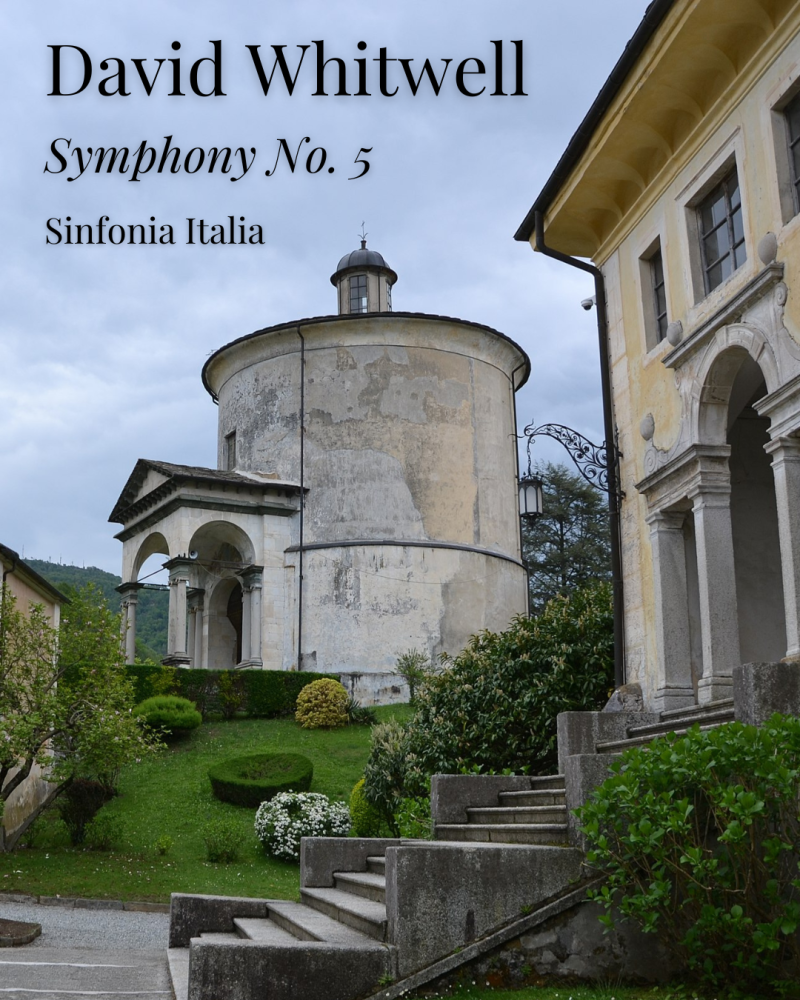i. Dawn on Monte Rosa
ii. Sacro Monte
iii. La Visione
During the Winter of 1990–1991 the Italian government invited me to serve as the President of the Jury for an international piano contest in Italy, which resulted in an unusually pleasant trip as the government paid for all expenses, including airfare from Los Angeles. This event was held in Varallo, a lovely small town west of Milano.
It was also a very interesting musical experience. One round required a short work of the pianist’s choice by either Liszt or Scriabin. Needless to say I heard a number of compositions which I am sure few people alive have ever heard. Another round demanded a Beethoven Sonata of the applicant’s choice. Since I knew all these sonatas my evaluation of the students was rather immediate and unalterable. Nevertheless I often found myself not in conformity with the rest of the jury. The jury consisted of ten well-known European piano teachers and myself, being intended to be a “normal listener.” We voted like Roman emperors, with our thumbs. No written comments, little discussion and then either thumbs up or down. If the majority was thumbs down the student, who may well have spent months on this repertoire and flown from around the world at his own cost, was immediately eliminated and indeed disappeared. In several cases I found myself embarrassed when the vote was ten thumbs up and one thumb down, or vice versa. In the case of one extremely musical young lady from Finland who played a Beethoven sonata on a level of any world artist I found myself with the only thumb up in the air. I later asked one of the other members of the jury, an Argentinean, Hector Morales, a member of an internationally known piano duo, whom I had known before, to explain this. “I don’t understand,” I asked, “this young lady was very musical!” “Oh,” said my friend from Argentina, “but a piano competition has nothing to do with music!”
At the end of our deliberations, I found that my fellow adjudicators, the jealous piano teachers, had decided among themselves not to award a first prize, maintaining the quality was not high enough. At this point I exercised my authority as President of the Jury and insisted, yes, we would award a first prize. I pointed out to them that when you advertise an international piano contest, interested young pianists assume there will be a winner and therefore devote themselves to months of preparation, for winning such a contest results in a great step up in their careers.
The first movement of this Sinfonia Italia reflects my experience in seeing Monte Rosa, the highest mountain in Italy. This mountain has a sacred impact on many Italians and so the gongs in the beginning represent the services of the priests in the mountain monasteries. It was not these experiences in the competition which resulted in the music of this symphony, but rather my free time there which allowed my hiking in the mountains around this village, in particular to, “Sacro Monte,” a small local shrine in the mountains near Varallo. It consists of a series of tableaus of life-size figures carved by local artists depicting the final days of Jesus. When I visited it was in disrepair with the figures covered in dust, all of which added to a sense of the ancient. While walking around this outdoor shrine I heard distant church bells.
This experience also resulted in the music of the second movement of this Sinfonia, including the singing of the audience, in Latin, to represent the singing of the village faithful. Each time the audience sings they first hear the pitch in the orchestral chimes, followed by unison band members playing the pitch and rhythm to be sung, for example dotted quarter-note, eighth-note and half-note: “Do–mi–ne.” It is quite amazing, from a genetic perspective, how easily and confidently the audience performs this (I do not even need to cue them). Of course, I always try this once before the beginning of the symphony, mostly because announcing to the audience that they are going to be part of a rehearsal always seems to engender great excitement. Having done so, I then perform the entire symphony non-stop. In other words, it would be aesthetically wrong to play the first movement and then stop to rehearse.
The final movement, “La Visione,” was inspired by a deeply felt scene I witnessed near this mountain, which I do not elaborate on. When I performed this symphony in the Vatican in 2017, a nun came up afterwards and begged me to reveal this vision. I apologized to her saying I preferred not to reveal this personal experience. She exclaimed, “Oh, I knew you would say that! But I think I know what it was!”
It was, of course, a very special experience to perform this symphony in the Vatican in 2017, as the final concert of my conducting tour of Italy. In a sense it was also the final concert of my career, which as a conductor began in 1958.

This concert was held in the pope’s summer palace, a large estate surrounded by a high wall and not open to tourists. Within this property a concert hall, with recording facilities, had been built. This concert was a private concert, the poster seen all over Rome clearly reading “reservation required.” This meant each member of this large audience had been subjected to a sort of advance police clearance. Even I was given a special certificate identifying me as the conductor and my wife had one identifying her as the wife of the conductor, etc. No one could walk in off the street and hear a performance in this palace. Once one was inside the atmosphere was one of a normal public concert.
The audience was very warm and following an encore which I also had composed, I was presented with a silver replica of the pope’s staff with my initials engraved upon it. It was contained in a wooden box, with a red seal and a silver plate reading,
David Whitwell
Castel Gandolfo
22.10.2017
Roma
It was a fitting climax of my career.

Reviews of Symphony Nr. 5
I thank you for the score of ‘Italia.’ It is a very interesting work, specially for Italy.
Giovanni Ligasacchi, Feb. 19, 1991
Brescia, Italy
I received the tape of the Sinfonia Italia. It is a very important work, which makes honor to you.
Giovanni Ligasacchi, Juy 4, 1991
Brescia, Italy
I appreciated very much your composition and I made a copy that I registered in the archives of our Consorso Valsesia Musica.
The descriptive musical speech is at the same time evocative and meditative, is supported by an excellent instrumentation, and makes your work interesting and qualified. I hope I can perform it.
Giancarlo Aleppo, August 14, 1991
Grignasco, Italy
Thanks for the tape of your fifth symphony. I am amazed at how rapidly you turn out the symphonies and still maintain such fine quality. (Just be careful not to write a tenth symphony unless your ancestry can be traced to the Soviet Union.) This symphony certainly captures the spirit of Italy.
Leon Bly, Sept. 29, 1991
Stuttgart, Germany
Stuttgart School of Music

